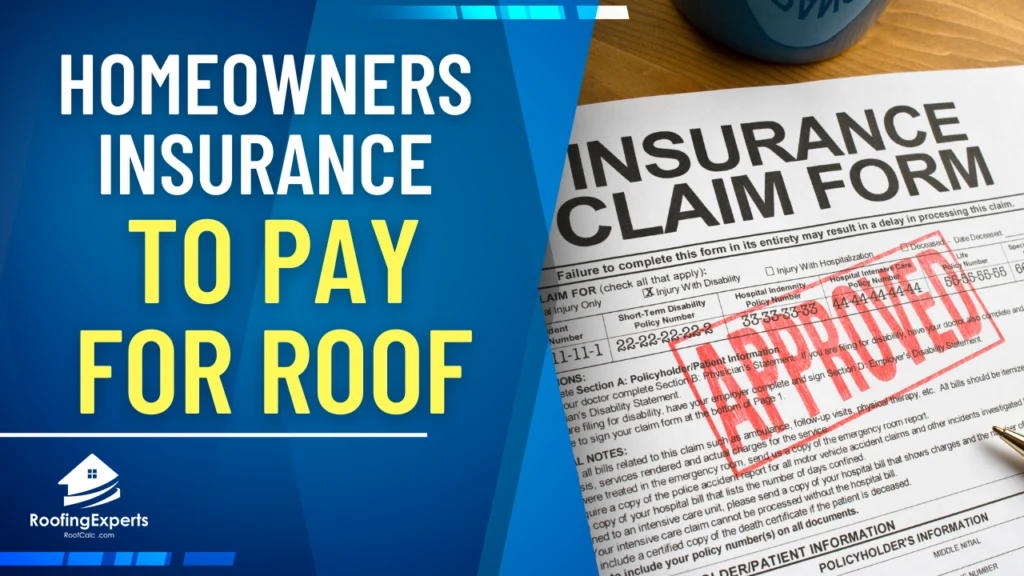
IReplacing a roof can be a costly and daunting task for any homeowner. Fortunately, if your roof has been damaged due to a covered peril, your homeowners’ insurance may cover some or all of the replacement costs.
However, navigating the insurance claims process can be complicated and overwhelming. In this article, we’ll provide you with expert tips on how to get your homeowners’ insurance to pay for your roof replacement.
We’ll explore the common reasons for roof damage claims, the documentation required, and tips on how to negotiate with your insurance company. Whether you’re dealing with hail damage, wind damage, or other covered perils, this guide will help you navigate the insurance process and get the most out of your coverage.
So, let’s get started and ensure you receive the compensation you deserve for your roof replacement!
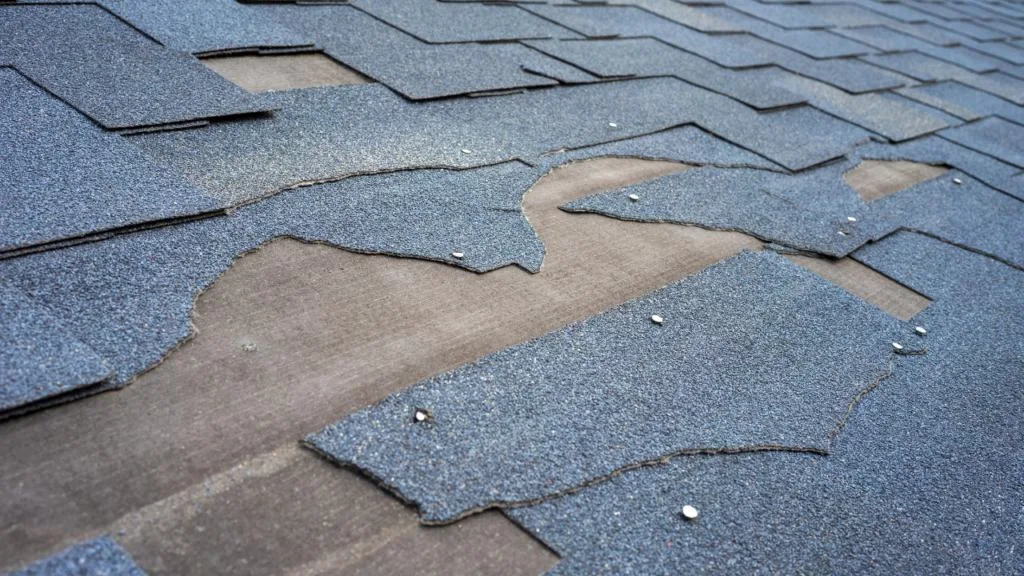
Understanding Your Homeowners Insurance Policy
Coverage Types
When it comes to homeowners insurance, there are different types of coverage for various aspects of your home. Some common coverage types include:
- Dwelling coverage: This covers the structure of your home, such as walls, floors, windows, and even built-in appliances like water heaters.
- Other structures: This refers to detached buildings on your property, like sheds or detached garages.
Understanding the scope of your policy’s coverage helps you determine if and when you can use it for roof replacement.
Exclusions
Home insurance policies also have specific exclusions that detail the situations and conditions not covered by the policy. For example, some policies may exclude natural disasters, like floods, earthquakes, or hurricanes, while others may not cover damage due to lack of maintenance or wear and tear.
To understand if your policy covers roof replacement, review the list of exclusions and discuss it with your insurance agent if needed.
Deductibles
A deductible is the amount you pay out-of-pocket before your insurance policy kicks in. Deductibles can vary widely depending on your policy and premium.
For instance, some policies have a set dollar amount for the deductible, such as $500 or $1,000, while others may have a percentage-based deductible.
Before filing a claim, make sure you understand your policy’s deductible and the financial responsibility that comes with it.
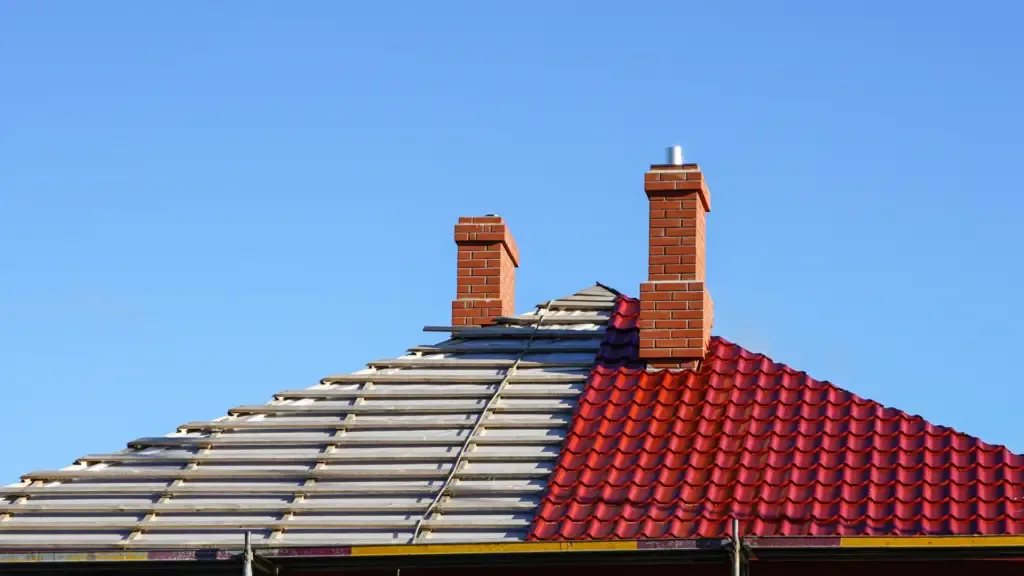
Assessing Roof Damage
Causes of Roof Damage
There are various causes of roof damage that might require a roof replacement. These can include:
- Storms: Heavy rain, wind, and hail can cause significant roof damage.
- Hurricanes and tornadoes: These weather events can tear off shingles and cause structural damage.
- Wear and tear: Over time, roofs become worn and less effective at protecting your home.
- Leaks: Water damage can lead to rot, mold, and structural issues.
- Fire: A fire can cause severe damage to your roof, often necessitating a full replacement.
- Windstorm: High winds can tear and lift shingles or even cause structural damage.
- Earthquakes: Seismic events can cause stress and potential roof failure.
- Animals: Pests and wildlife can cause damage to your roof as they seek shelter or forage for food.
Signs and Symptoms
To assess possible roof damage, it’s crucial to know what to look for. Here are some common signs and symptoms:
- Missing or curling shingles
- Broken or cracked tiles
- Loose or missing flashing
- Water stains on your ceiling or walls
- Sagging areas on your roof
- Piles of granules from asphalt shingles in your gutters
- Drafts or a spike in heating and cooling costs
Hiring a Professional Inspector
It is essential to hire a professional roof inspector when you’re unsure about the extent of the damage. A professional inspector will:
- Thoroughly inspect your roof for signs of damage, including assessing ventilation issues and potential leaks.
- Provide a detailed report outlining their findings, and make recommendations for repair or replacement.
- Work with your homeowner’s insurance company to determine if the damage is covered under your policy.
By being proactive in assessing your roof damage and working with a professional inspector, you can ensure that you’ll receive the best support from your homeowner’s insurance when it comes to roof replacement.
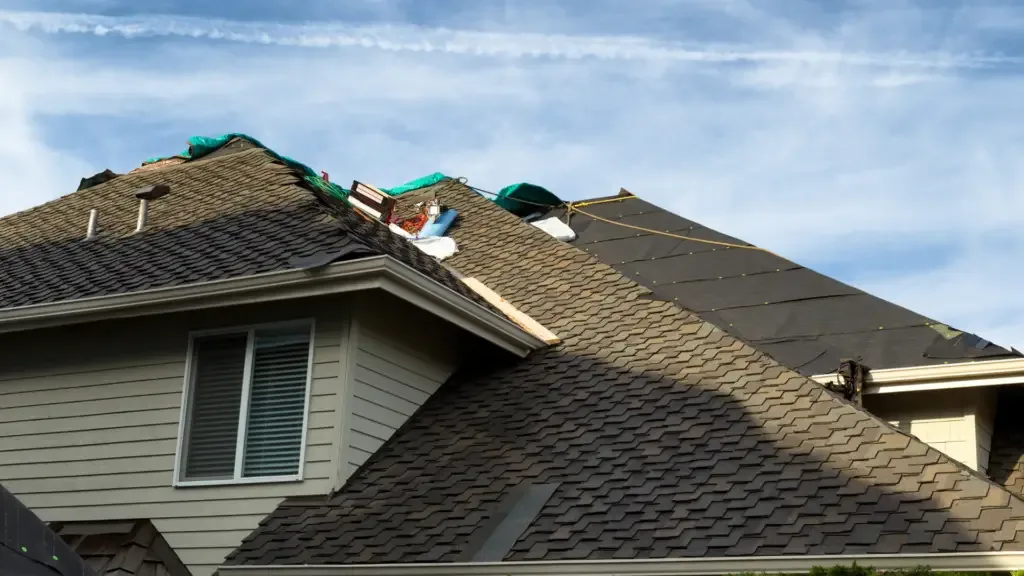
Insurance Claim Process
Filing a Claim
If you have roof damage, start by reviewing your homeowners insurance policy to know what kind of roof damage is covered. Inspect your roof for potential wind or hail damage.
When you’re ready to file a claim, gather all necessary documents like repair receipts and photos of the damaged roof. Contact your insurance agent to report the claim or use the insurance company’s online portal or mobile app.
Working with an Adjuster
Your insurance company will assign an adjuster to assess the damage and estimate the cost of repairs. Be available for the adjuster’s visit, and provide any necessary documentation and pictures.
It may be helpful to get a roof replacement estimate from a trusted contractor to compare with the adjuster’s findings.
Claim Settlements and Payouts
After the adjuster reviews your claim, your insurance company will determine a settlement amount. They will calculate the replacement cost of your roof minus depreciation, which is the actual cash value.
If you have a replacement cost policy, they will pay you the actual cash value initially, and then reimburse the difference when the repairs are completed.
- Actual Cash Value (ACV): The cost to replace the damaged property at today’s prices minus depreciation
- Replacement Cost Value (RCV): The cost to replace the damaged property at today’s prices, without deducting depreciation
Understanding Depreciation and Actual Cash Value
Depreciation is the decrease in value of your roof over time, usually due to wear and tear. It’s important to understand how your policy calculates depreciation, as it affects your claim payout.
Actual cash value policies pay you the replacement cost minus depreciation, while replacement cost policies cover the full cost to replace your roof without factoring in depreciation.
Appealing a Denied Claim
If your insurance claim is denied or you disagree with the payout amount, you have the right to appeal the decision. To start the appeal, contact your agent or insurance company and provide additional evidence to support your claim, such as contractor estimates, photos, and any other relevant documentation.
Be prepared to negotiate, and consider hiring a public adjuster to represent your interests during the appeal process.
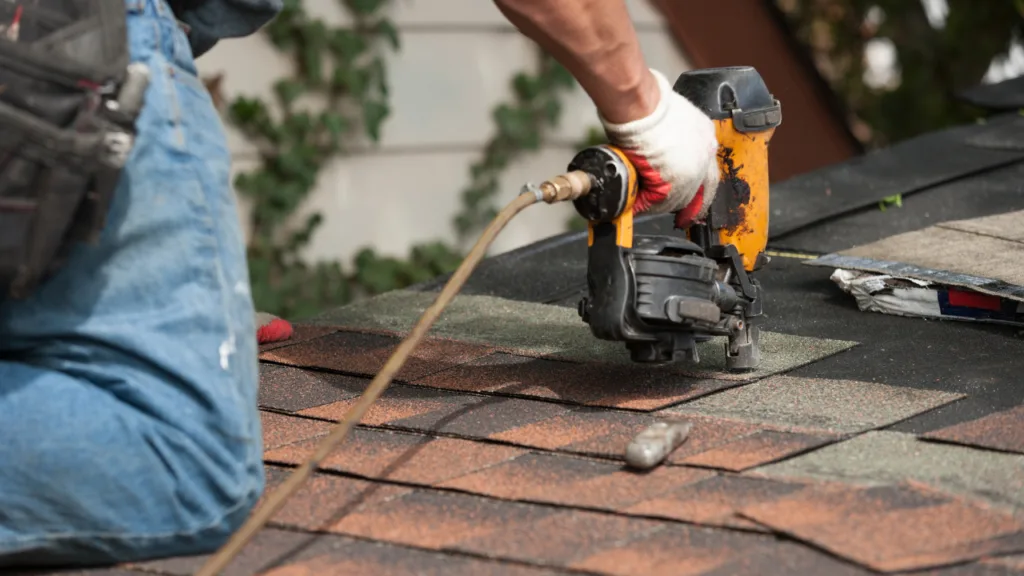
Selecting a Roofing Contractor
Finding a Licensed Contractor
When searching for a roofing contractor to handle your roof replacement or repair, it’s crucial to find one who is licensed and experienced. A licensed contractor ensures that they have met the requirements and regulations set by your state.
You can verify a contractor’s license by checking with your state’s licensing board. Moreover, look for a roofing company with excellent reviews and a proven track record in dealing with roof insurance claims.
Obtaining Multiple Estimates
Before choosing a roofing contractor for your new roof, make sure to obtain multiple estimates from different companies. This will help you get a better understanding of the costs involved and the scope of the work required.
When comparing estimates, pay attention to the details and make sure they include the costs of labor, materials, and any additional services such as debris removal.
| Key Considerations | Details |
|------------------------|-------------------|
| Cost | Include labor, materials, and additional services |
| Scope of Work | Specify the extent of the roof repairs or replacement |
| Warranty | Check if the contractor offers a warranty for their work |
Quality of Workmanship and Materials
Aside from price, also consider the quality of workmanship and materials used by the roofing contractor. Ask for references from previous clients and check their satisfaction levels. Inquire about the roofing materials they use, and make sure they meet industry standards for durability and performance.
This will ensure that your roof repairs or replacement last for years to come.
* Ask for client references
* Check satisfaction levels
* Ensure materials meet industry standards
By following these guidelines, you will be well on your way to selecting the best roofing contractor for your roof insurance claim, resulting in a high-quality roof repair or replacement.
Additional Considerations
Maintenance Requirements
It is crucial to maintain your roof regularly, as neglect can lead to denied or reduced insurance claims. Insurers may determine that damage was caused by lack of proper maintenance rather than a covered event.
To prevent this, make sure to perform regular roof inspections, address minor issues, and document all maintenance activities. This will demonstrate to insurers that you have diligently maintained your roof.
Specialized Insurance Policies
Depending on where you live and the events that may affect your roof, you might need to consider specialized insurance policies. For example, you may need flood insurance for water damage caused by flooding, or earthquake insurance for roof damage due to seismic events.
These specialized policies come at an additional cost but are necessary to keep your home protected.
High-Risk Insurance
Some homeowners may require high-risk insurance due to the location, age of the home, or frequency of severe weather events. High-risk insurance policies provide coverage for properties that face a greater likelihood of damage from events like storms, hail, or wind.
Such policies may cost more and require proactive measures, such as regular roof inspections and meeting specific roof requirements for coverage.
Remember that it is essential to assess the damage, obtain multiple repair or replacement quotes, and follow the proper steps for filing a home insurance claim. Additionally, take the time to thoroughly understand your dwelling coverage, policy deductible, and any additional coverage options before a disaster occurs.
Proper documentation and foresight can save you the stress and out-of-pocket costs associated with roof repairs and replacements.
